The 6-step Pre-Production Checklist for Animation
Pre-production is everything that happens before you start to tangibly make your animation; the initial work needed to get your idea off the ground. We’re going to talk you through the pre-production process the folks at Animade used to create their award-winning short film, Tend.
Realising a project of this scale presented a lot of firsts for Animade as a studio – their first time working as a collective and the first time they found themselves hitting the festival circuit with a vengeance. It was also the first time their pre-production path was modelled on that of traditional film.
The pre-production checklist
- 1. Funding – How will your animation get made?
- 2. Concepting – What's the big idea?
- 3. Storyboarding – What scenes will be in your animation?
- 4. Animatic – How will the scenes be timed?
- 5. Design – What's your animation going to look like?
- 6. Logistics – How will the production process work?
Funding and Commissioning
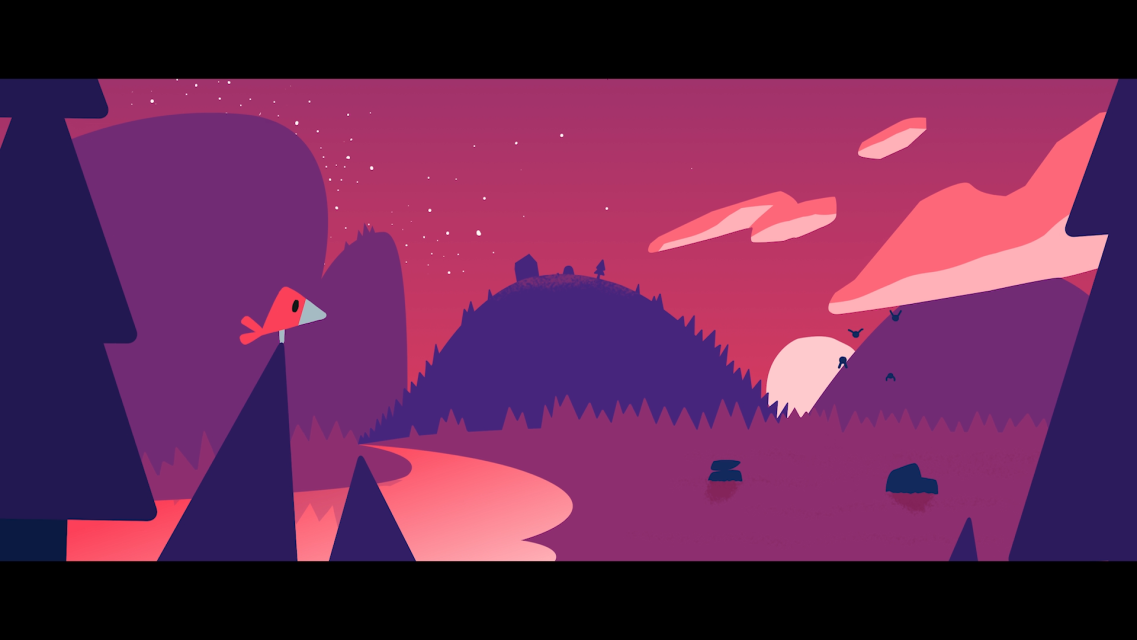
Nobody said making art was easy – and it’s the first hurdle of the pre-production process that claims the most victims. Accessing traditional funding opportunities is often a process that can take months and to add insult to injury, government funding for the arts is at its lowest in years. As a result, artists and creatives are increasingly turning to the private sector for funding in a bid to get their work seen.
Whether you’re applying to major funding bodies, pitching to the private sector, crowd-funding, or you’ve decided to self-finance something a little more modest, it’s important to know from the get-go that you’ve got the means (financial and otherwise) to realise your project.
✏️ If you're looking for funding in the UK, the BFI has an excellent resource covering funding for UK filmmakers.
Concept and Writing
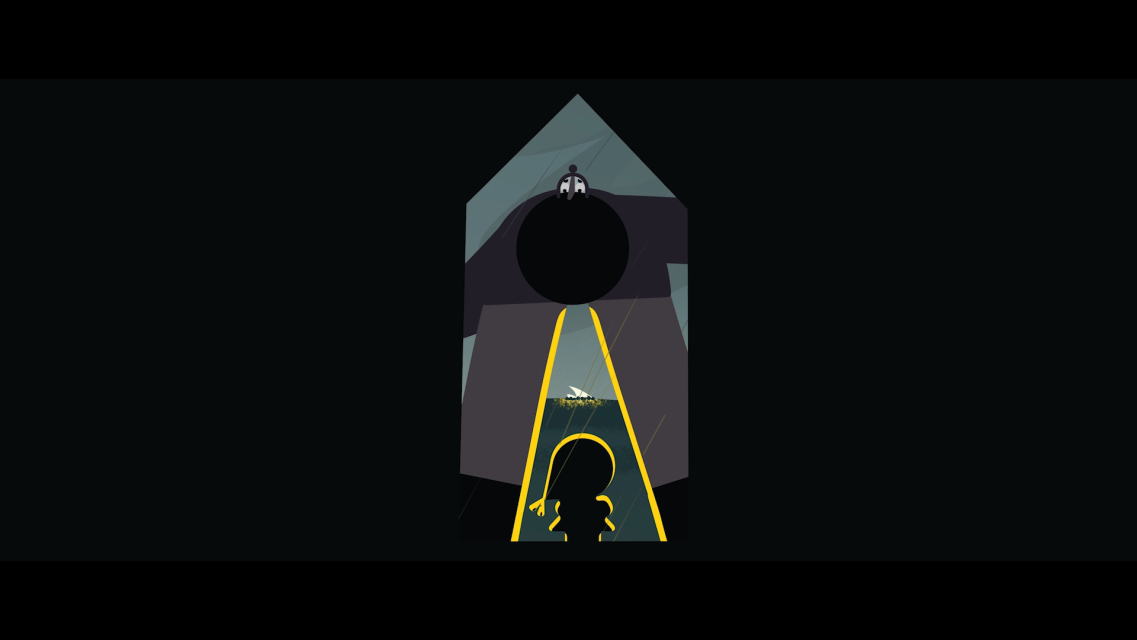
Tend was awarded funding on the back of a strong portfolio of creative work, and Animade were given the opportunity to devise their own concept. Aside from the briefest of briefs they had complete creative control:
““,[,Create] a short film, at least five minutes in length, non-dialogue, characterful and emotive with a humorous edge”
The gift of artistic agency is a privilege, but it can also present its own problems. Don’t underestimate the propensity for your work to drift into complicated territory without the reassuring pull of a comprehensive brief to keep your feet firmly on the ground.
Tend went through many incarnations before it became the film it is today. It wasn’t too long into the writing process before the team realised that there was no way they could package such a complex, abstract narrative into a five-minute film. It was time to strip everything back. The result was a simple, universal story that still packed an emotional punch.
Storyboarding
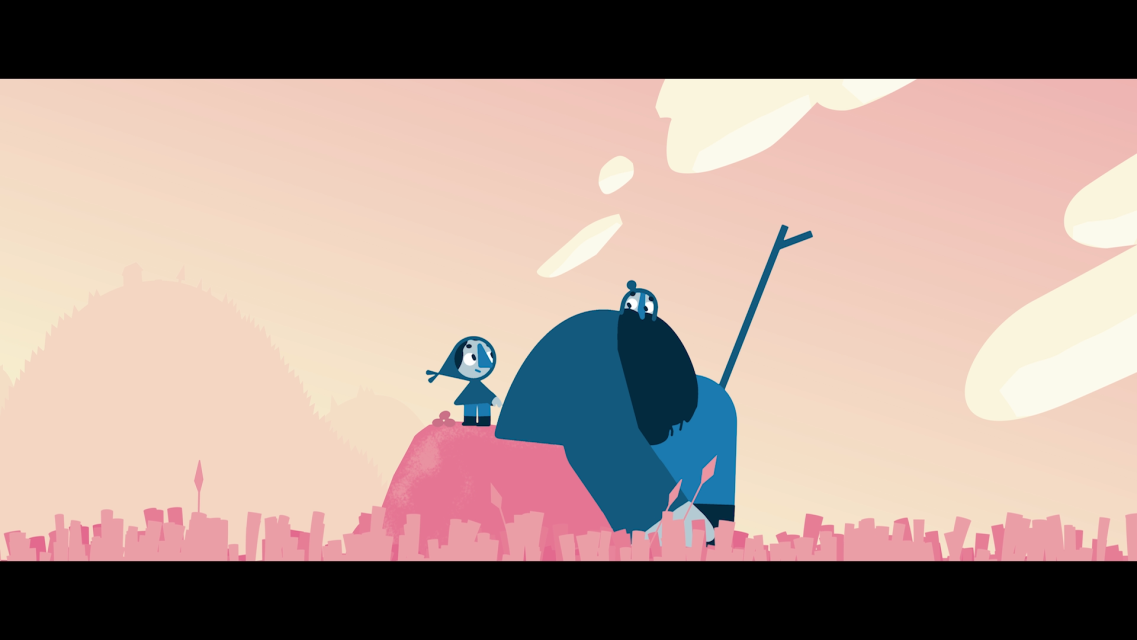
A good storyboard gives you the freedom to explore a world that you haven’t even built yet. The more detail you put into your storyboard, the less likely it is that you’ll run into problems when you move into production. Rumour has it that Alfred Hitchcock’s storyboards were so intricate, he didn’t even look through the viewfinder of his camera when making his masterpieces!
“A good storyboard gives you the freedom to explore a world that you haven’t even built yet.”
Storyboarding is also the first opportunity to see if your story checks out on consistency and accessibility – both of which are more difficult to hone when it comes to film and longer-form projects. You can ensure the consistency and accessibility of the storyboard by allowing users to directly comment on individual frames and include necessary reference links.
The Shortcut to Effective Storyboards.
Boords is an easy-to-use storyboarding tool to plan creative projects.
Get Started for FreeAnimatic
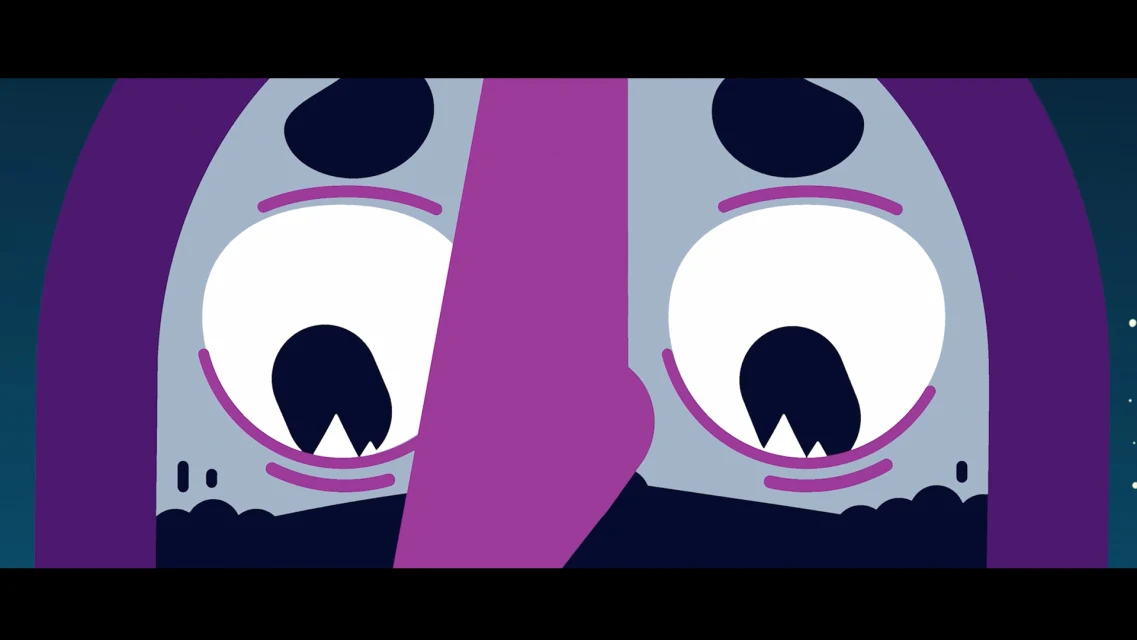
An Animatic is the initial rough draft of your film. It's made by playing your storyboard through, frame by frame, and adjusting the timings - a process known as 'timing out'.
“An Animatic is the initial rough draft of your film ”
The Animatic is your first chance to watch a skeleton version of your animation come to life. Your animatic will help you gauge the pace and momentum of your project. It’s also easier to identify scenes that don’t quite land or a cue that isn’t quite realised when your work is presented in animatic form.
At this stage, you’ll also want to make sure you plot camera angles and any key shots needed to support your narrative. For example, The extreme close-up indicates the moment Father feels remorse for his actions towards his daughter. Check out our blog post on common camera shots for some inspiration.
The Shortcut to Effective Storyboards.
Boords is an easy-to-use storyboarding tool to plan creative projects.
Get Started for FreeDesign
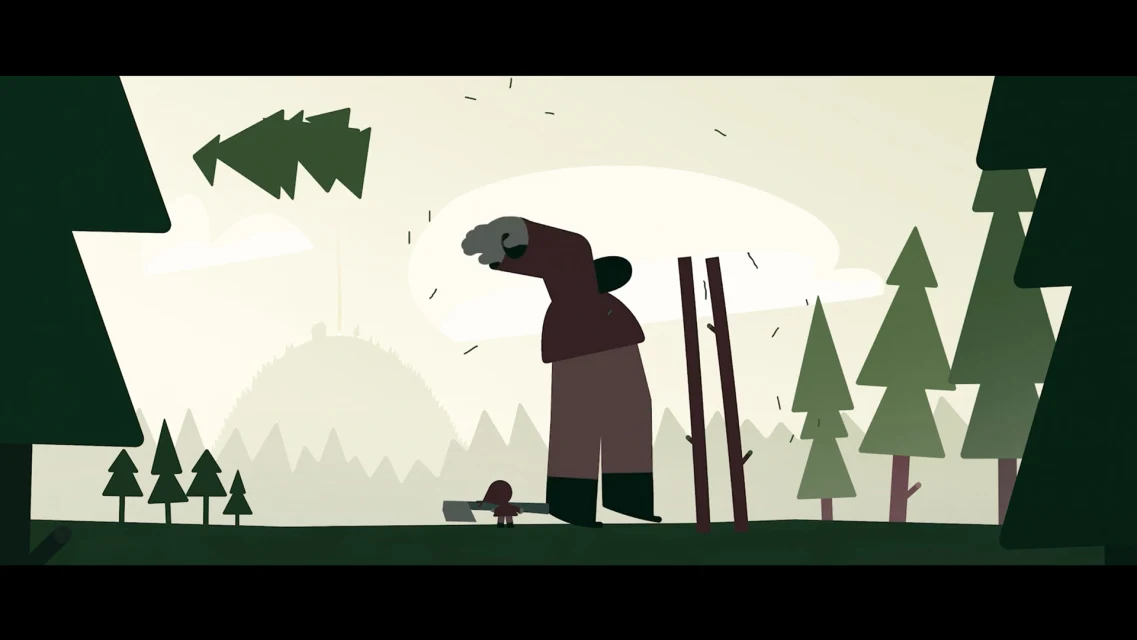
A crucial part of the pre-production process is establishing visual cues - particularly if you’re working dialogue-free.
You should use the design process to hash out your key visual themes and motifs. Be playful! It’s these experiments that will help you figure out whether your concepts are going to translate to screen.
Get your FREE Filmmaking Storyboard Template Bundle
Plan your film with 10 professionally designed storyboard templates as ready-to-use PDFs.
During the design stage of Tend, Animade made a concerted effort to use design themes to shape their narrative. They experimented with the scale of both Father and Daughter – his large, looming presence presented in stark contrast to her slight stature.
Logistics
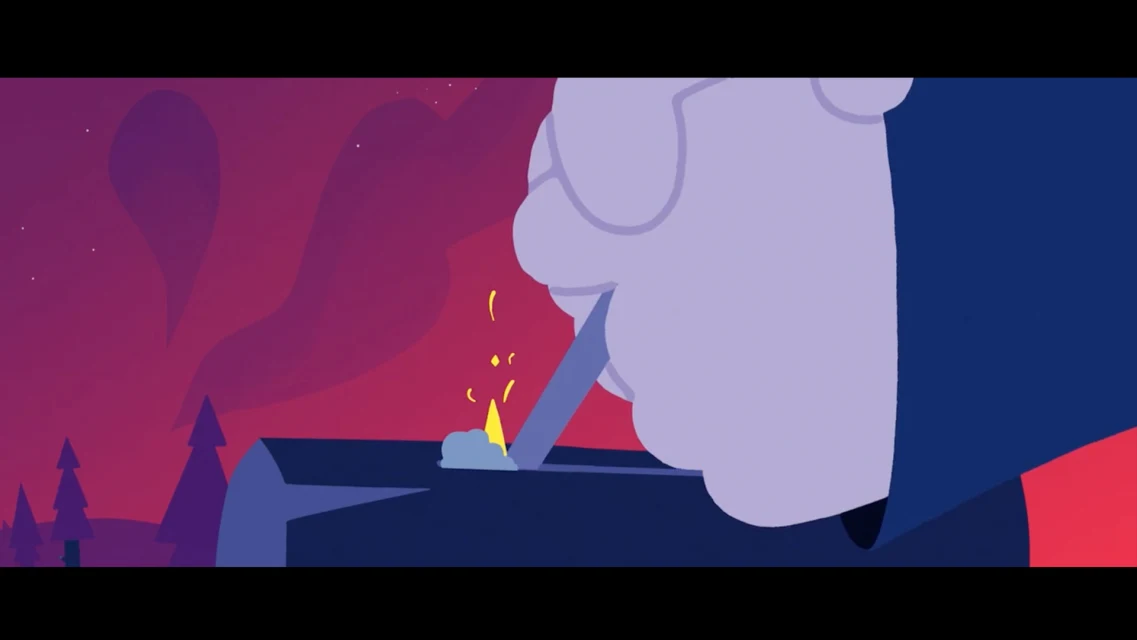
Creative block, changing expectations and rapidly approaching deadlines are just some of the factors that can easily throw your project into a tailspin. It’s in your best interest ensure you’ve got someone to direct the non-creative aspects of your project – someone that exhibits a keen eye for process, excellent diplomacy skills and the ability to fight fires. A cool-headed enabler.
Having a firm grasp of logistics ultimately gave Animade the freedom to take bigger creative risks. From managing a team of freelancers to meeting new in-house deadlines, the changing scale of Tend was easily navigated as a result of meticulously kept spreadsheets, good communication and strict time management.
When things go wrong
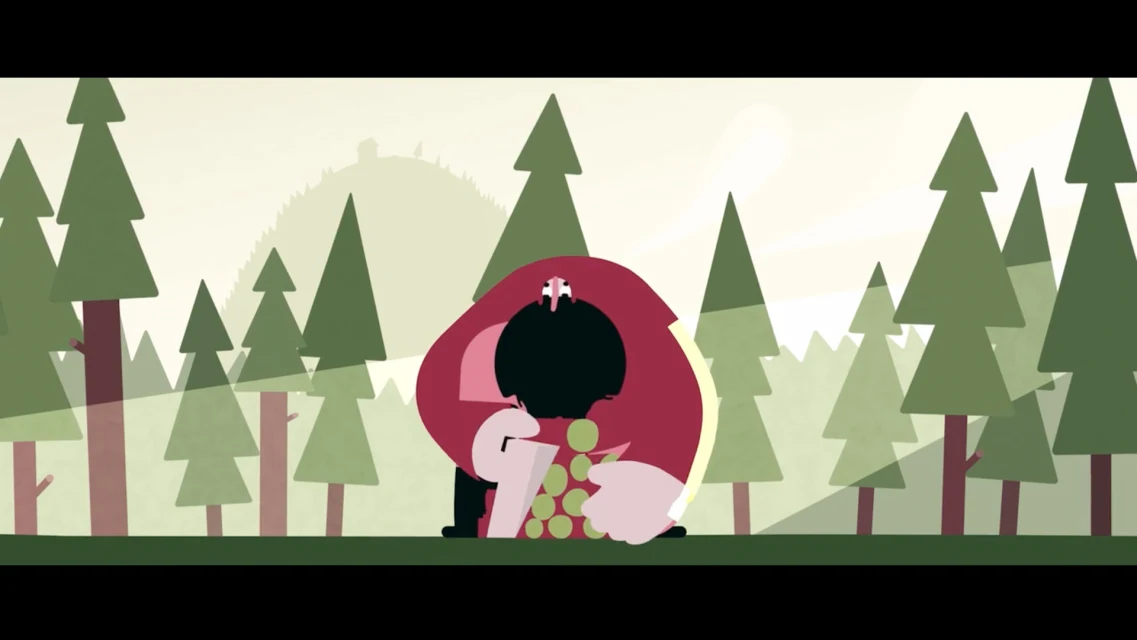
You likely desperately want to see your animation realised, but the pre-production process is a good litmus test to gauge your projects’ viability. If going through this process presents questions you can’t confidently answer (like “what happens if we go over budget?” or “what if our talent drops out?”), you might want to consider to nipping that project in the bud before the investment of time and money gets very real.
“The pre-production process is a good litmus test to gauge viability”
Sometimes abandoning your project will be completely out of your own hands – maybe your funding has fallen through or your biggest stakeholder has unceremoniously pulled out. At this point you have very few options but to lick your wounds and move on.
If things do take a turn for the worse, look at your process and identify the exact point your project started to unravel. If your stakeholder backed out, try and figure out why – did you miss the mark on their brief or take too long to respond to their e-mails? If budget was the undoing of your project, now is the time to study-up on other funding opportunities.
Fail to plan, plan to fail
Following the well-established steps of pre-production is the best way to ensure the success of your project.
What does your pre-production process look like? Have any tips or questions? Let us know in the comments!